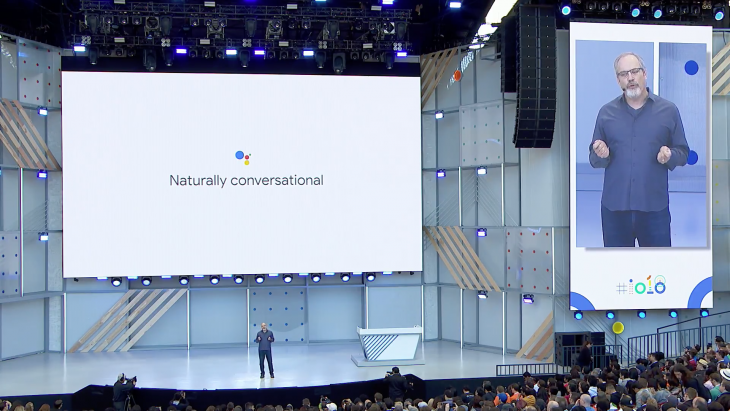
In the early hours of our morning at Google IO over in San Francisco, Google took the wraps off some of the latest enhancements to its Google Assistant platform including improved voices and better conversational features.
Google’s CEO, Sundar Pichai, revealed that the original voice of the Google Assistant carried a codename of “Holly”, and she was a real person contributing voice recordings in a Google studio over months to become the voice we’re all familiar with.
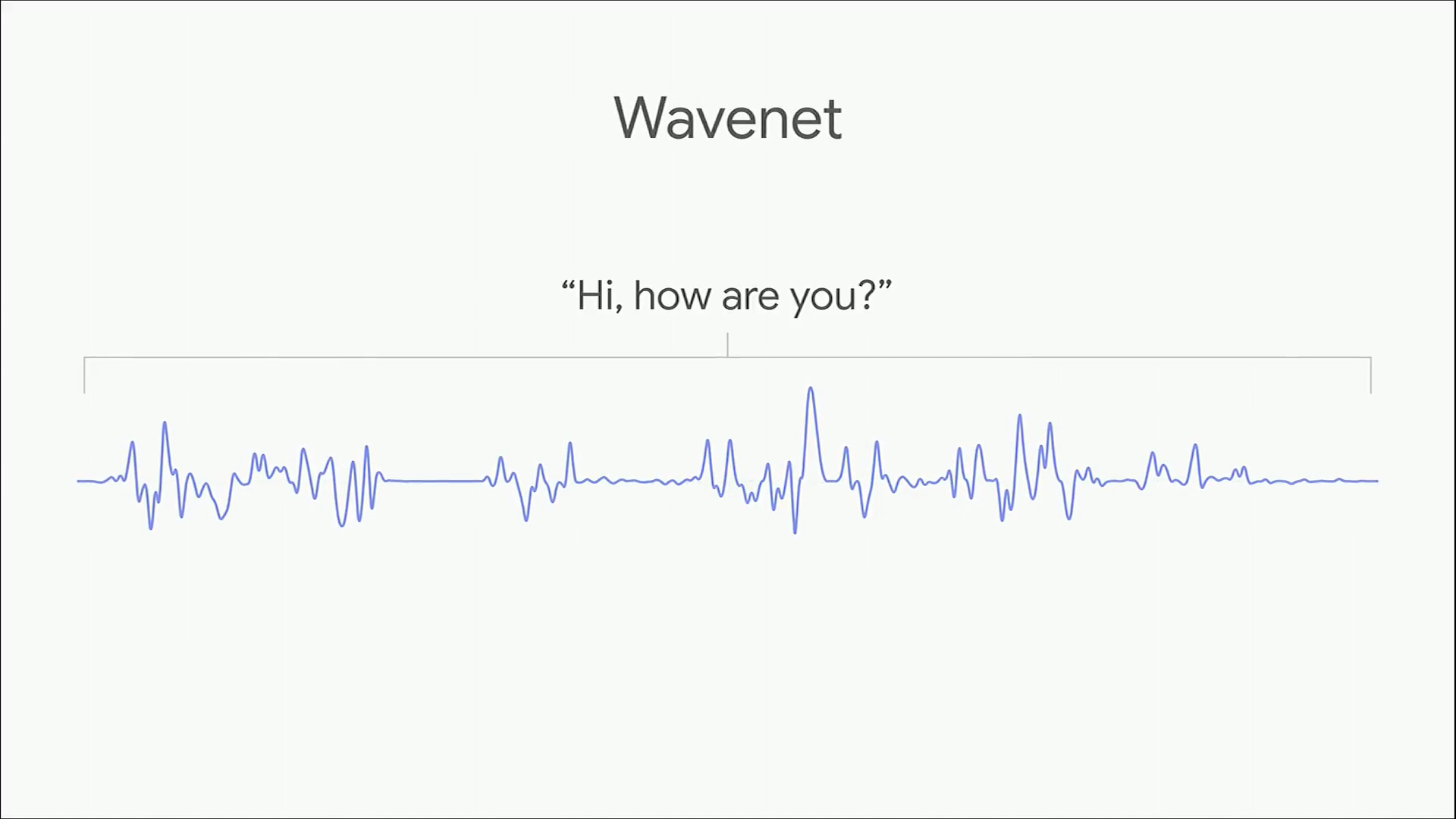
Now, with enhancements made possible by Google Wavenet, technology they’re using to synthsize more authentic-sounding human voices, Google is able to shorten the recording time and bring more voices to the Assistant.
Starting today, the Google Assistant will offer 6 new voices for users.
Google’s also had John Legend spend some time in the studio, and will offer his voice as a Google Assistant voice later this year.

A major theme for Google IO this year is helping everyone to solve everyday problems with AI. Conversations with the Assistant should be easy and natural, but there’s always more work to do on that front, so it’s important to consider how Google Assistant’s new voice features will help them to do just that.
Continued Conversation
One of the features we’ve seen recur over several years at IO is the ability to have a conversation in natural language and parlance with Google, whether it’s with a voice search assistant or with the Google Assistant itself. Today, Google’s made this an official feature of the Assistant and labelled it Continued Conversation.
The premise for the Continued Conversation feature is that you should be able to keep speaking with the Assistant without having to say “Hey Google” in front of every interaction with it.
The Assistant will keep listening when it makes sense for the conversation flow, and let you continue to interact with it.
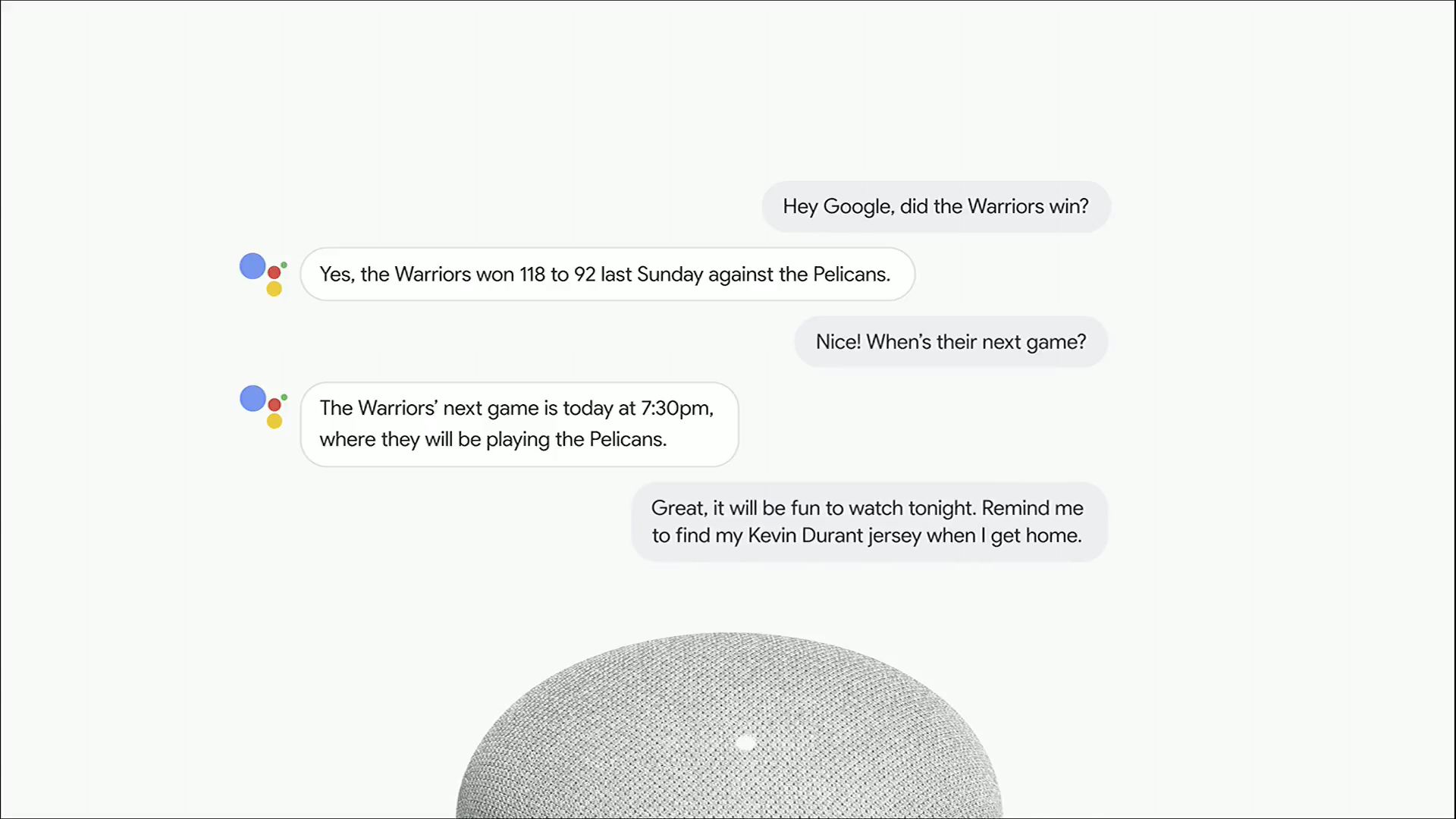
Multiple Actions
One of the most requested features for the Google Assistant is the ability to string multiple requests together, so you could ask the Assistant to answer a couple of questions that are contextually or factually linked together.
Google calls this Multiple Actions, and the Assistant now supports it. You can stack multiple questions together or, combined with Continued Conversation, you could ask the Assistant to take another action
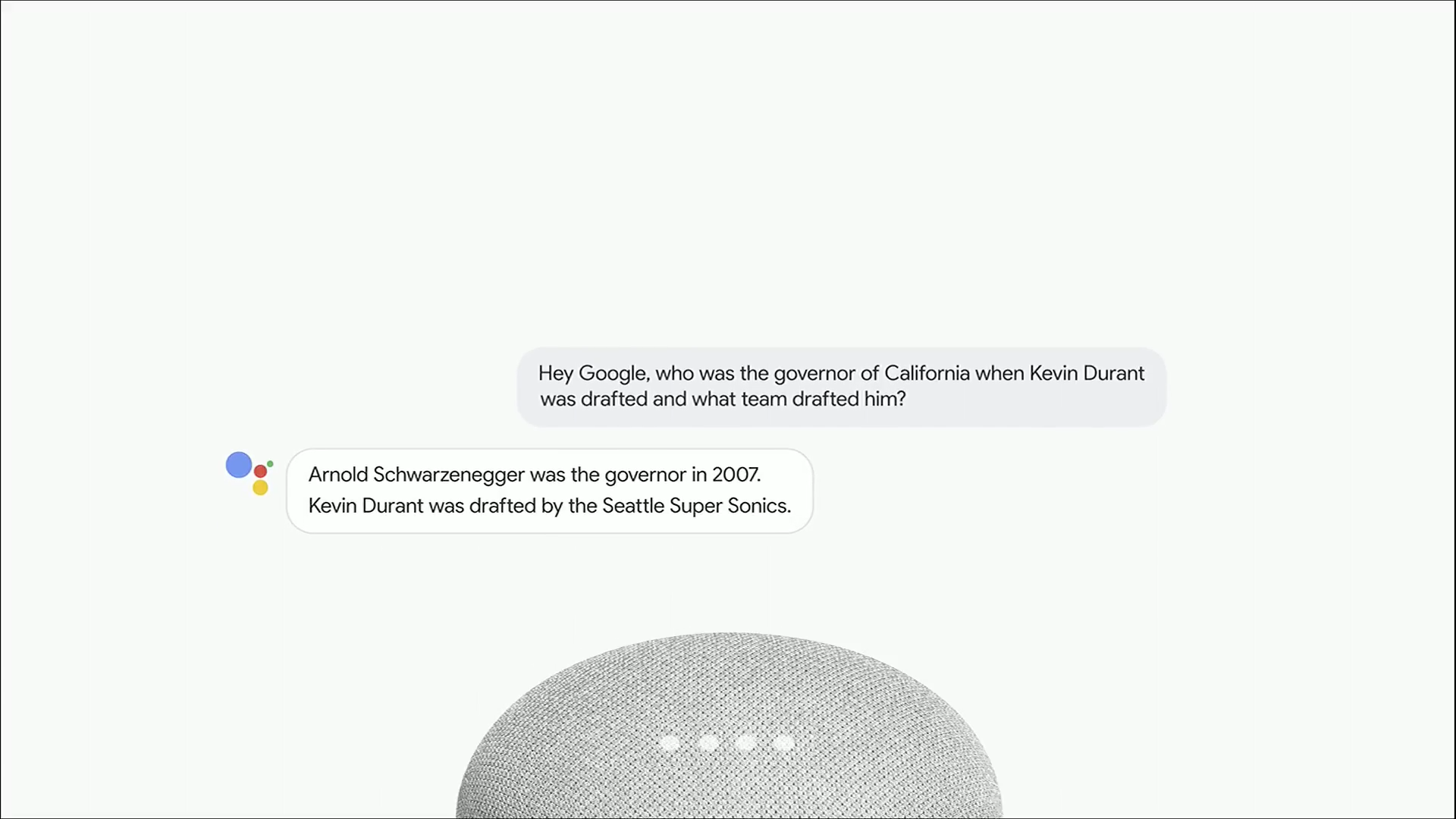
Pretty Please
Finally, in line with Google’s sense of social responsibility – a major theme of this year’s Google IO conference – the Assistant will respond to “nicely asked” questions with an encouraging response.
This feature, named Pretty Please is designed to reinforce manners and politeness especially in kids, where Google thinks it may have encouraged a more demanding attitude by creating such a helpful Assistant.
Pretty Please is supported by Google’s Family Link parental controls, and will be rolling out later this year.
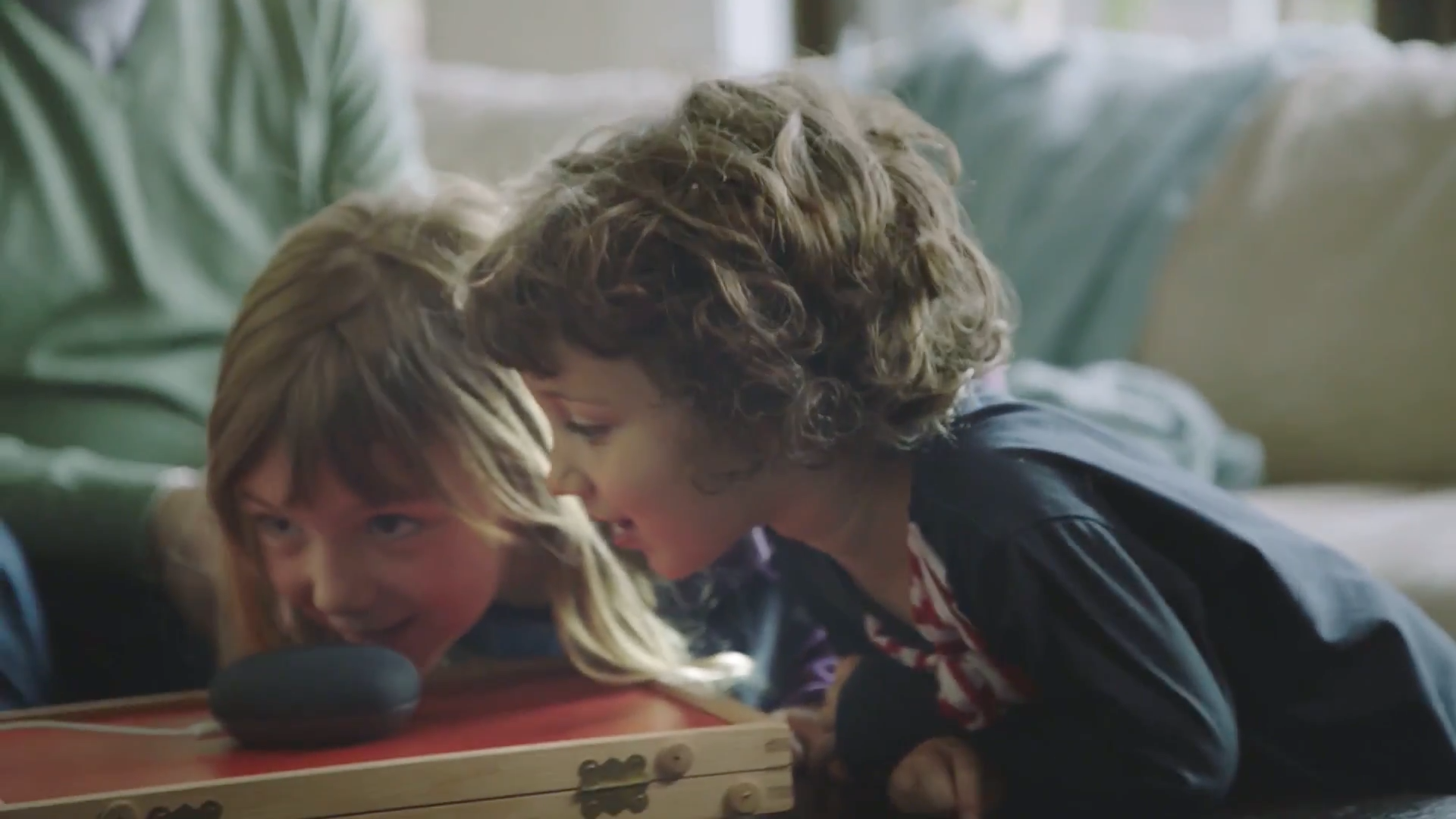
What do you think of these new features for Google Assistant? Tell us in the comments!




